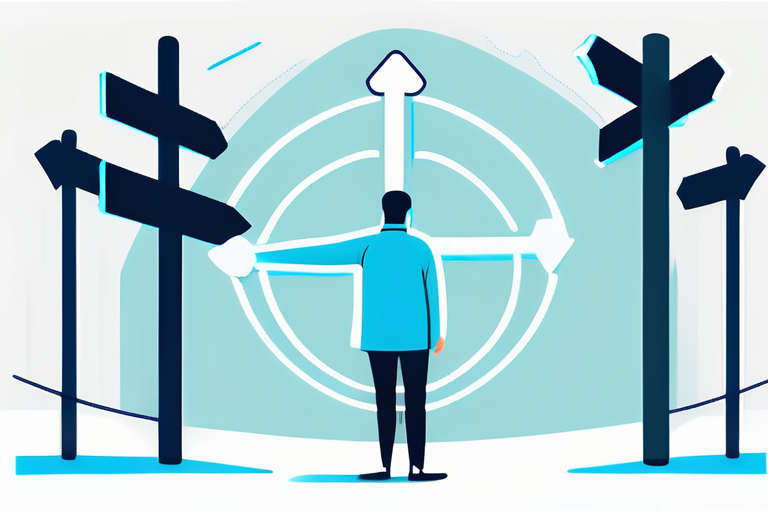Best Time To Send Marketing Emails with Case Studies
In the world of digital marketing, timing is everything. The success of your email marketing campaign can significantly depend on when you choose to hit the ‘send’ button. But determining the best time to send marketing emails can be a complex task, as it involves understanding your audience’s behavior, their time zone, and their engagement patterns. In this comprehensive guide, we will delve into the optimal times for sending marketing emails, supported by case studies.
Understanding Your Audience
Before we dive into the specifics, it’s crucial to understand that there’s no one-size-fits-all approach when it comes to email marketing. Different audiences have different habits and preferences. For instance, a B2B audience might be more likely to check their emails during business hours, while a B2C audience might be more active during evenings or weekends.
Therefore, understanding your audience is the first step in determining the best time to send your marketing emails. This involves analyzing your email metrics, conducting surveys, and using tools that provide insights into your audience’s online behavior.
Case Study: Understanding Audience Behavior
Let’s consider a case study of a popular e-commerce brand that wanted to optimize its email marketing strategy. They started by conducting a survey among their subscribers to understand their email checking habits. The results showed that most of their audience checked emails early in the morning and late in the evening.
Based on these insights, the brand decided to send their marketing emails during these time slots. The result was a 20% increase in their email open rates, proving the importance of understanding your audience’s behavior when determining the best time to send marketing emails.
Considering Time Zones
If your audience is spread across different time zones, this can add another layer of complexity to your email scheduling. Sending an email at 9 AM might work for subscribers in your time zone, but it could land in the inbox of a subscriber in a different time zone at an inconvenient time.
Therefore, it’s essential to segment your email list based on time zones and schedule your emails accordingly. This way, you can ensure that your emails reach your subscribers at a time when they are most likely to check their inbox.
Case Study: Time Zone Segmentation
A global software company with customers spread across the world faced the challenge of sending their marketing emails at the right time. They decided to segment their email list based on time zones and send their emails at 10 AM in each time zone.
The result was a significant increase in their email open rates and click-through rates. This case study highlights the importance of considering time zones when determining the best time to send marketing emails.
Testing Different Times When Sending Emails
While understanding your audience and considering time zones are crucial, it’s also important to test different times to find out what works best for your audience. This involves sending emails at different times of the day and week and analyzing the results.
You can use A/B testing for this purpose, where you send the same email at two different times to two groups of subscribers and compare the results. This can provide valuable insights into the optimal time for sending your marketing emails.
Case Study: A/B Testing
A digital marketing agency wanted to find the best time to send their weekly newsletter. They decided to use A/B testing and sent the newsletter at two different times – Tuesday at 10 AM and Thursday at 2 PM.
The results showed that the newsletter sent on Tuesday at 10 AM had a higher open rate and click-through rate. This case study shows the effectiveness of A/B testing in determining the best time to send marketing emails.
Conclusion
Finding the best time to send marketing emails involves understanding your audience, considering time zones, and testing different times. While these strategies can guide you in the right direction, remember that what works for one business might not work for another. Therefore, it’s essential to continuously analyze your email metrics and adjust your strategy based on your findings.
By applying these strategies and learning from the case studies mentioned, you can optimize your email marketing strategy and ensure that your emails reach your subscribers at the right time, leading to higher open rates, click-through rates, and ultimately, more conversions.
Boost Your Email Campaigns with Social Proofy
Maximize the impact of your perfectly-timed marketing emails by leveraging the power of social proof. With Social Proofy, you can enhance your site’s credibility and watch your conversions soar. Join the community of over 8000 site owners who are already experiencing the benefits of our widgets, from Recent Sales to Customer Reviews Popups. Don’t miss out on the opportunity to make the most of your email marketing efforts. Start your 14-day free trial today and take the first step towards transforming your site visitors into loyal customers.










